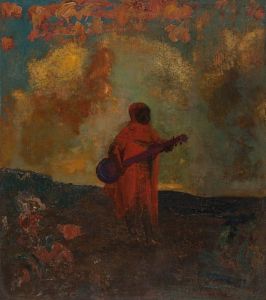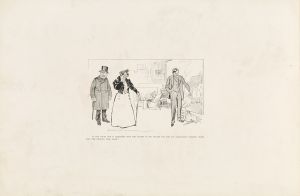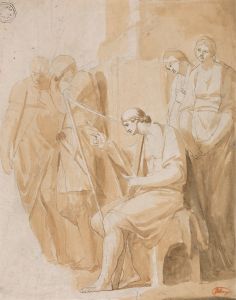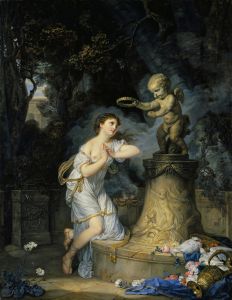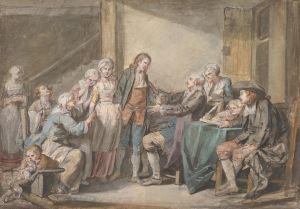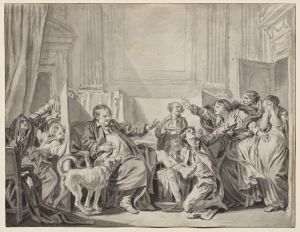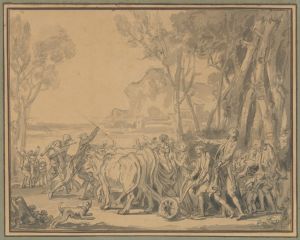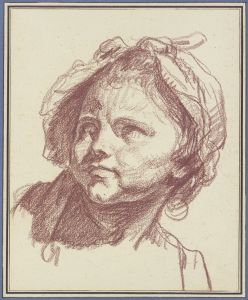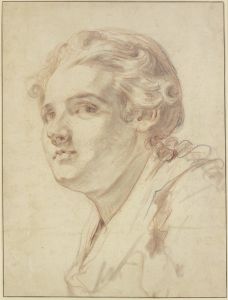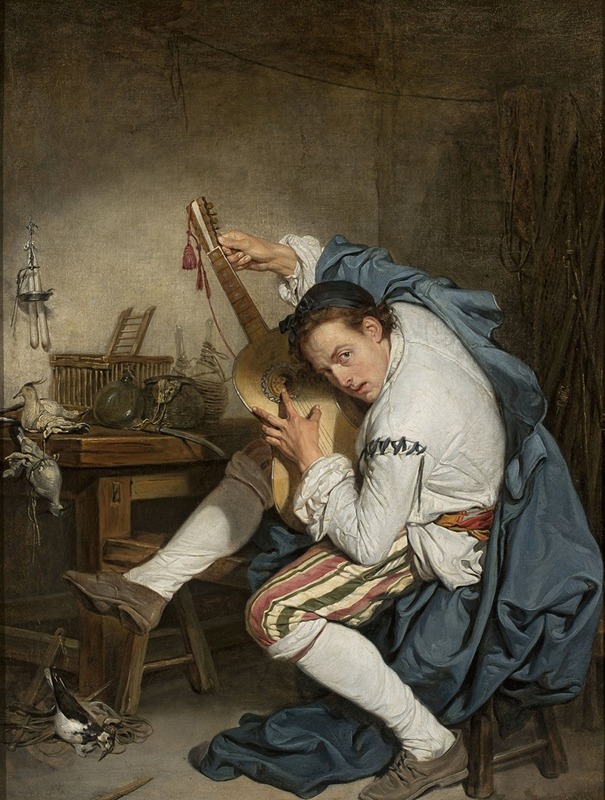
Guitar player
A hand-painted replica of Jean-Baptiste Greuze’s masterpiece Guitar player, meticulously crafted by professional artists to capture the true essence of the original. Each piece is created with museum-quality canvas and rare mineral pigments, carefully painted by experienced artists with delicate brushstrokes and rich, layered colors to perfectly recreate the texture of the original artwork. Unlike machine-printed reproductions, this hand-painted version brings the painting to life, infused with the artist’s emotions and skill in every stroke. Whether for personal collection or home decoration, it instantly elevates the artistic atmosphere of any space.
Jean-Baptiste Greuze was a prominent French painter known for his genre scenes and portraits, particularly during the 18th century. One of his notable works is "Guitar Player," which exemplifies his skill in capturing the nuances of everyday life and human emotion. Greuze's paintings often reflect the moral and sentimental themes that were popular during the Enlightenment period, and "Guitar Player" is no exception.
The painting "Guitar Player" features a young woman engrossed in playing a guitar, a popular instrument during the 18th century. Greuze's attention to detail is evident in the way he renders the textures of the woman's clothing and the guitar, as well as the soft play of light and shadow across the scene. The composition is intimate, drawing the viewer's attention to the subject's focused expression and the delicate positioning of her hands on the instrument. This focus on the individual and their inner world is characteristic of Greuze's work, which often sought to evoke an emotional response from the viewer.
Greuze was known for his ability to convey emotion through facial expressions and body language, and "Guitar Player" is a testament to this talent. The young woman's serene yet concentrated demeanor suggests a moment of personal reflection or artistic immersion, inviting the viewer to ponder her thoughts and feelings. This introspective quality is a hallmark of Greuze's genre paintings, which frequently depict solitary figures engaged in everyday activities.
The painting also reflects the cultural context of its time. During the 18th century, music was an integral part of social life, and the guitar was a fashionable instrument among the middle and upper classes. By choosing to depict a female guitar player, Greuze not only highlights the popularity of the instrument but also subtly comments on the role of women in the arts. While women were often excluded from professional artistic circles, they were encouraged to pursue music as a genteel accomplishment, and Greuze's painting captures this societal norm.
Jean-Baptiste Greuze's work was highly regarded during his lifetime, and he enjoyed the patronage of influential figures, including members of the French aristocracy. However, his reputation declined towards the end of his career, as the art world shifted towards Neoclassicism and away from the sentimental style that Greuze epitomized. Despite this, his paintings, including "Guitar Player," continue to be appreciated for their technical skill and emotional depth.
Today, Greuze's "Guitar Player" is held in various collections, where it is studied and admired for its artistic merit and historical significance. The painting serves as a window into the cultural and social dynamics of 18th-century France, as well as a testament to Greuze's enduring legacy as a master of genre painting.





